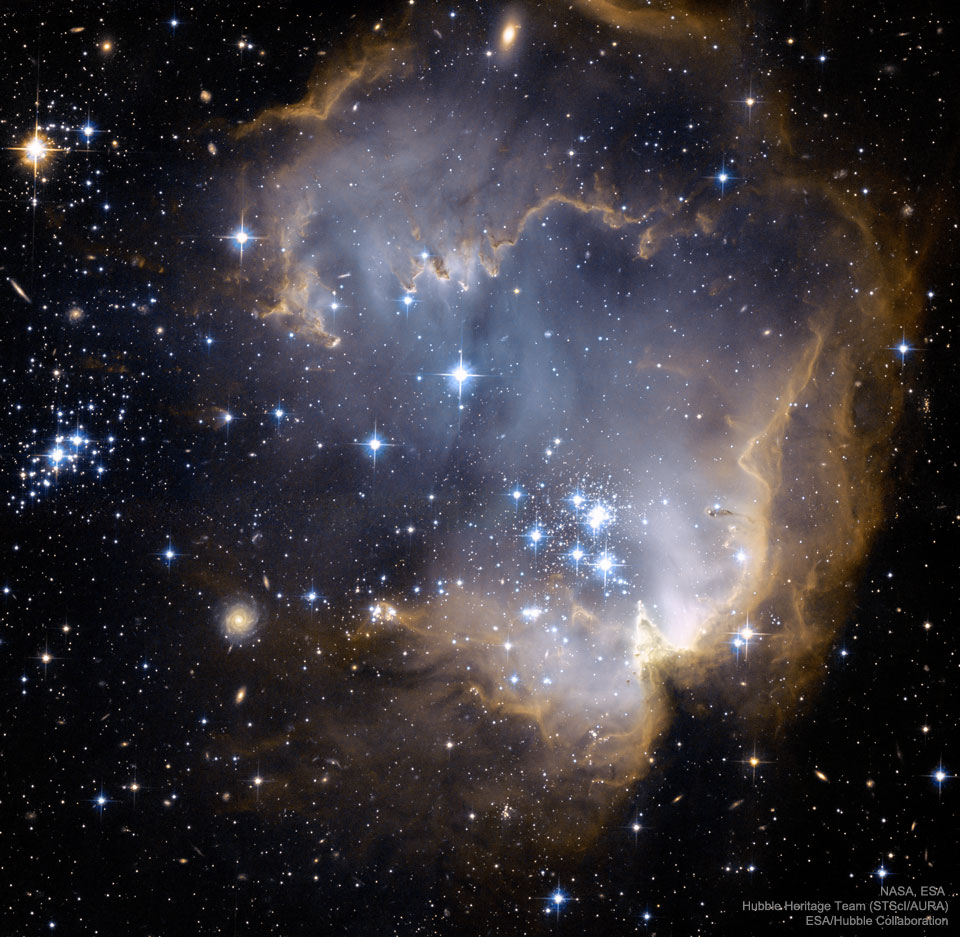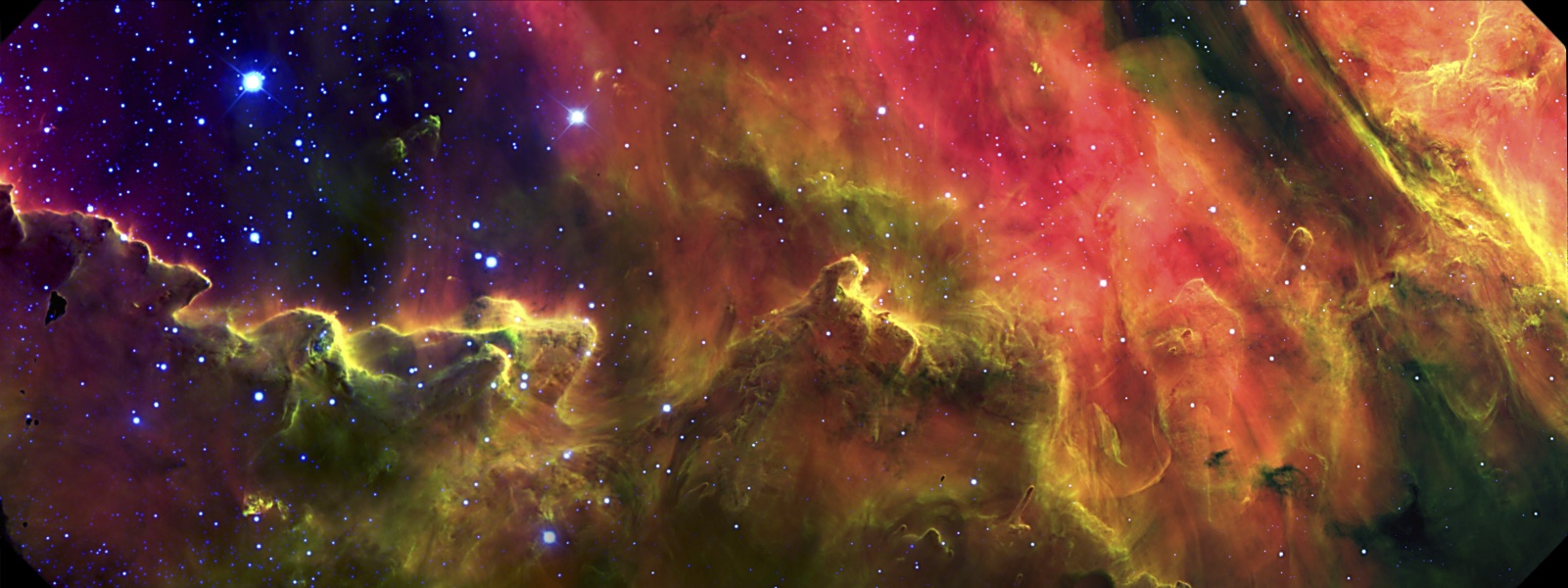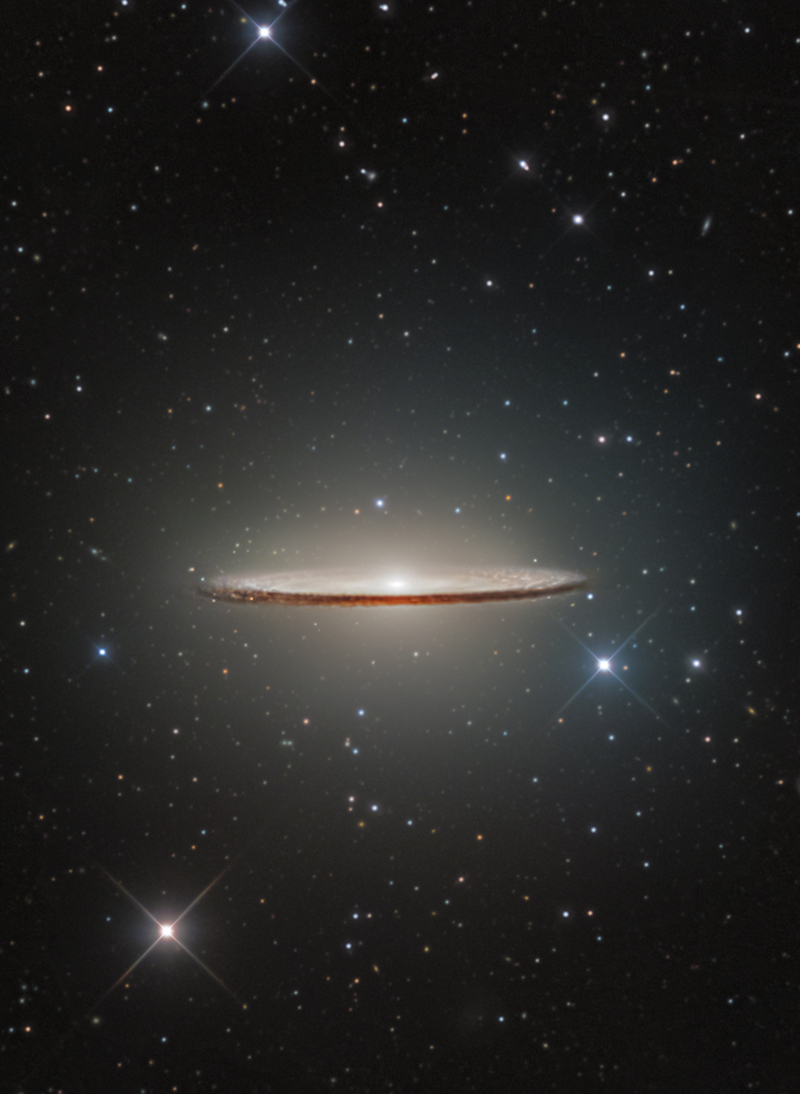Blog
Walter Dewey Redman (May 17, 1931 – September 2, 2006) was an American saxophonist who performed free jazz as a bandleader and with Ornette Coleman and Keith Jarrett.
Redman played tenor saxophone, though he occasionally also played alto, the Chinese suona (which he called a musette), and clarinet. His son is saxophonist Joshua Redman.
Redman was born in Fort Worth, Texas. He attended I.M. Terrell High School, and played in the school band with Ornette Coleman, Prince Lasha, and Charles Moffett. After high school, he briefly enrolled in the electrical engineering program at the Tuskegee Institute in Alabama but became disillusioned with the program and returned home to Texas. In 1953, he earned a bachelor’s degree in Industrial Arts from Prairie View Agricultural and Mechanical University. While at Prairie View, he switched from clarinet to alto saxophone, then to tenor. After graduating, he served for two years in the U.S. Army.
more...John Lenwood “Jackie” McLean (May 17, 1931 – March 31, 2006) was a North-American jazz alto saxophonist, composer, bandleader, and educator, and is one of the few musicians to be elected to the DownBeat Hall of Fame in the year of their death.
McLean was born in New York City. His father, John Sr., played guitar in Tiny Bradshaw‘s orchestra. After his father’s death in 1939, Jackie’s musical education was continued by his godfather, his record-store-owning stepfather, and several noted teachers. He also received informal tutoring from neighbors Thelonious Monk, Bud Powell, and Charlie Parker. During high school McLean played in a band with Kenny Drew, Sonny Rollins, and Andy Kirk, Jr. (the saxophonist son of Andy Kirk).
Along with Rollins, McLean played on Miles Davis‘ Dig album, when he was 20 years old. As a young man he also recorded with Gene Ammons, Charles Mingus (for Pithecanthropus Erectus), George Wallington, and as a member of Art Blakey‘s Jazz Messengers. McLean joined Blakey after reportedly being punched by Mingus. Fearing for his life, McLean pulled out a knife and contemplated using it against Mingus in self-defense, but later stated that he was grateful that he had not stabbed the bassist.
more...Near the outskirts of the Small Magellanic Cloud, a satellite galaxy some 200 thousand light-years distant, lies 5 million year young star cluster NGC 602. Surrounded by natal gas and dust, NGC 602 is featured in this stunning Hubble image of the region. Fantastic ridges and swept back shapes strongly suggest that energetic radiation and shock waves from NGC 602‘s massive young stars have eroded the dusty material and triggered a progression of star formation moving away from the cluster’s center. At the estimated distance of the Small Magellanic Cloud, the featured picture spans about 200 light-years, but a tantalizing assortment of background galaxies are also visible in this sharp multi-colored view. The background galaxies are hundreds of millions of light-years or more beyond NGC 602.

Robert Fripp (born 16 May 1946) is an English musician, songwriter, and record producer, best known as the guitarist, founder and longest-lasting member of the progressive rock band King Crimson. He has worked extensively as a session musician and collaborator, notably with David Bowie, Blondie, Brian Eno, Peter Gabriel, Daryl Hall, Midge Ure, Talking Heads, and David Sylvian. He has also contributed sounds to the Windows Vistaoperating system. His discography includes contributions to over 700 official releases.
Fripp is ranked 62nd on Rolling Stone magazine’s 2011 list of the 100 Greatest Guitarists of All Time after having been ranked 42nd by David Frickeon its 2003 list. Tied with Andrés Segovia, he also is ranked 47th on Gibson’s Top 50 guitarists of all time. His compositions often feature unusual time signatures, which have been influenced by classical and folk traditions. His innovations include a tape delay system known as “Frippertronics” and new standard tuning.
more...William Emanuel Cobham Jr. (born May 16, 1944) is a Panamanian-American jazz drummer who came to prominence in the late 1960s and early 1970s with trumpeter Miles Davis and then with the Mahavishnu Orchestra. According to AllMusic, Cobham is generally acclaimed as fusion’s greatest drummer.
He was inducted into the Modern Drummer Hall of Fame in 1987 and the Classic Drummer Hall of Fame in 2013. AllMusic biographer Steve Huey said, “Generally acclaimed as fusion’s greatest drummer, Billy Cobham’s explosive technique powered some of the genre’s most important early recordings – including groundbreaking efforts by Miles Davis and the Mahavishnu Orchestra – before he became an accomplished bandleader in his own right. At his best, Cobham harnessed his amazing dexterity into thundering, high-octane hybrids of jazz complexity and rock & roll aggression.” Cobham’s influence stretched far beyond jazz: including progressive rock contemporaries like Bill Bruford of King Crimson and Danny Carey of Tool.Prince played a version of Cobham’s Stratus in concert. Phil Collins, who named Mahavishnu Orchestra‘s The Inner Mounting Flame as a key influence on his early style said, “Billy Cobham played some of the finest drumming I’ve ever heard on that record.”
Born in Colón, Panama, Cobham moved with his family to Brooklyn, New York, when he was three. His father, Manuel, worked as a hospital statistician during the week and played piano on weekends. Cobham started playing drums at age four and joined his father four years later. When he was fourteen, he got his first drum kit as a gift after being accepted to The High School of Music & Art in New York City. He was drafted in 1965, and for the next three years he played with a U.S. Army band.
https://www.youtube.com/watch?v=k8hIqIGSY54
more...Betty Carter (born Lillie Mae Jones; May 16, 1929 – September 26, 1998) was an American jazz singer known for her improvisational technique, scatting and other complex musical abilities that demonstrated her vocal talent and imaginative interpretation of lyrics and melodies. Vocalist Carmen McRae once remarked: “There’s really only one jazz singer—only one: Betty Carter.”
Carter was born in Flint, Michigan, and grew up in Detroit, where her father, James Jones, was the musical director of a Detroit church and her mother, Bessie, was a housewife. As a child, Carter was raised to be extremely independent and to not expect nurturing from her family.
more...Undulating bright ridges and dusty clouds cross this close-up of the nearby star forming region M8, also known as the Lagoon Nebula. A sharp, false-color composite of narrow band visible and broad band near-infrared data from the 8-meter Gemini South Telescope, the entire view spans about 20 light-years through a region of the nebula sometimes called the Southern Cliff. The highly detailed image explores the association of many newborn stars imbedded in the tips of the bright-rimmed clouds and Herbig-Haro objects. Abundant in star-forming regions, Herbig-Haro objects are produced as powerful jets emitted by young stars in the process of formation heat the surrounding clouds of gas and dust. The cosmic Lagoon is found some 5,000 light-years away toward the constellation Sagittarius and the center of our Milky Way Galaxy. (For location and scale, check out this image superimposing the close-up of the Southern Cliff within the larger Lagoon Nebula. The scale image is courtesy R. Barba’.)

Brian Peter George St John le Baptiste de la Salle Eno RDI (/ˈiːnoʊ/; born Brian Peter George Eno; 15 May 1948) is an English musician, composer, record producer, visual artist, and theorist best known for his pioneering work in ambient music and contributions to rock, pop and electronica. A self-described “non-musician”, Eno has helped introduce unique conceptual approaches and recording techniques to contemporary music. He has been described as one of popular music‘s most influential and innovative figures.
Born in Suffolk, Eno studied painting and experimental music at the art school of Ipswich Civic College in the mid 1960s, and then at Winchester School of Art. He joined glam rock group Roxy Music as synthesizer player in 1971, recording two albums with the group but departing in 1973 amidst tensions with Roxy frontman Bryan Ferry. Eno went on to record a number of solo albums beginning with Here Come the Warm Jets (1974). In the mid-1970s, he began exploring a minimalist direction on releases such as Discreet Music (1975) and Ambient 1: Music for Airports (1978), coining the term “ambient music” with the latter.
Alongside his solo work, Eno collaborated frequently with other musicians in the 1970s, including Robert Fripp, Harmonia, Cluster, Harold Budd, David Bowie, and David Byrne. He also established himself as a sought-after producer, working on albums by John Cale, Jon Hassell, Laraaji, Talking Heads, Ultravox, and Devo, as well as the no wave compilation No New York (1978). In subsequent decades, Eno continued to record solo albums and produce for other artists, most prominently U2 and Coldplay, alongside work with artists such as Daniel Lanois, Laurie Anderson, Grace Jones, Slowdive, Karl Hyde, James, Kevin Shields, and Damon Albarn.
Dating back to his time as a student, Eno has also worked in other media, including sound installations, film, and writing. In the mid-1970s, he co-developed Oblique Strategies, a deck of cards featuring aphorisms intended to spur creative thinking. From the 1970s onwards, Eno’s installations have included the sails of the Sydney Opera House in 2009 and the Lovell Telescope at Jodrell Bank in 2016. An advocate of a range of humanitarian causes, Eno writes on a variety of subjects and is a founding member of the Long Now Foundation. In 2019, Eno was inducted into the Rock and Roll Hall of Fame as a member of Roxy Music.
more...Ellis Larkins (May 15, 1923 – September 30, 2002) was an American jazz pianist born in Baltimore, Maryland, known for his two recordings with Ella Fitzgerald: the albums Ella Sings Gershwin (1950) and Songs in a Mellow Mood (1954). He was also the leader in the first solo sides by singer Chris Connor on her album Chris (1954).
Larkins was the first African American to attend the Peabody Conservatory of Music, an institute in Baltimore. He began his professional playing career in New York City after moving there to attend the Juilliard School. While still at Juilliard, Larkins performed jazz piano with guitarist Billy Moore at Café Society Uptown and over the next ten years in his own groups, or in support of, clarinetist Edmond Hall and singers Helen Humes and Mildred Bailey. He recorded with Coleman Hawkins, and Dicky Wells in the 1940s. In the 1950s, he recorded with Ella Fitzgerald, Ruby Braff, and Beverly Kenney. His 1960s work included recordings or performances with Eartha Kitt, Joe Williams, Georgia Gibbs and Harry Belafonte.
Though he was best known as an accompanist, Larkins recorded several solo albums in the 1950s. In the 1970s, he performed regularly at several New York venues, including Gregory’s, a small bar on the Upper East Side.
more...Edmond Hall (May 15, 1901 – February 11, 1967) was an American jazz clarinetist and bandleader. Over his long career Hall worked extensively with many top performers as both a sideman and bandleader and is perhaps best known for the 1941 chamber jazz song “Profoundly Blue,” which is regarded as a pre-World War II jazz classic.
Born in Reserve, Louisiana, about 40 miles west of New Orleans on the Mississippi River, Hall and his siblings were born into a musical family. His father, Edward Blainey Hall, and mother, Caroline Duhe, had eight children, Priscilla (1893), Moretta (1895), Viola (1897), Robert (1899), Edmond (1901), Clarence (1903), Edward (1905) and Herbert (1907).
more...M104 is famous for its nearly edge-on profile featuring a broad ring of obscuring dust lanes. Seen in silhouette against an extensive central bulge of stars, the swath of cosmic dustlends a broad brimmed hat-like appearance to the galaxy suggesting a more popular moniker, the Sombrero Galaxy. This sharp optical view of the well-known galaxy made from ground-based image data was processed to preserve details often lost in overwhelming glare of M104’s bright central bulge. Also known as NGC 4594, the Sombrero galaxy can be seen across the spectrum, and is host to a central supermassive black hole. About 50,000 light-years across and 28 million light-years away, M104 is one of the largest galaxies at the southern edge of the Virgo Galaxy Cluster. Still the colorful spiky foreground stars in this field of view lie well within our own Milky Way galaxy.

David Byrne (/bɜːrn/; born 14 May 1952) is a Scottish-American singer, songwriter, record producer, actor, writer, music theorist, and filmmaker, who was a founding member and the principal songwriter, lead singer, and guitarist of the American new wave band Talking Heads.
Byrne has released solo recordings and worked with various media including film, photography, opera, fiction, and non-fiction. He has received Academy, Grammy, and Golden Globe Awards, and he is an inductee to the Rock and Roll Hall of Fame as part of Talking Heads.
more...John Symon Asher Bruce (14 May 1943 – 25 October 2014) was a Scottish bassist, singer-songwriter, musician and composer. He gained popularity as the co-lead vocalist and bassist of British rock band Cream. After the group disbanded in 1968, he pursued a solo career and also played with several bands.
In the early 1960s Bruce joined the Graham Bond Organisation, where he met his future bandmate Ginger Baker. After leaving the Graham Bond Organisation, he joined with John Mayall & the Bluesbreakers, where he met Eric Clapton, who also was his future bandmate. His time with the band was brief. In 1966, he formed Cream with lead guitarist Clapton and drummer Baker; he co-wrote many of their songs (including “Sunshine of Your Love“, “White Room” and “I Feel Free“) with poet/lyricist Pete Brown. After the group disbanded in the late 1960s he began recording solo albums. His first solo album, Songs for a Tailor, released in 1969, was a worldwide hit. Bruce formed his own band to perform the material live, and subsequently formed a blues-rock band West, Bruce and Laing in 1972, with guitarist Leslie West and drummer Corky Laing. His solo career spanned several decades. From the 1970s to the 1990s he played with several groups as a touring member. He reunited with Cream in 2005 for concerts at the Royal Albert Hall and at Madison Square Garden in New York.
Bruce is considered to be one of the most important and influential bassists of all time. Rolling Stone magazine readers ranked him number eight on their list of “10 Greatest Bassist Of All Time”. He was inducted in the Rock and Roll Hall of Fame in 1993, and was awarded the Grammy Lifetime Achievement Award in 2006, both as a member of Cream.
more...Arthur James “Zutty” Singleton (May 14, 1898 – July 14, 1975) was an American jazz drummer.
Singleton was born in Bunkie, Louisiana, and raised in New Orleans. According to his Jazz Profiles biography, his unusual nickname, acquired in infancy, is the Creole word for “cute”. He was working professionally with Steve Lewis by 1915. He served with the United States Navy in World War I. After returning to New Orleans he worked with Papa Celestin, Big Eye Louis Nelson, John Robichaux, and Fate Marable. He left for St. Louis, Missouri, to play in Charlie Creath‘s band, then moved to Chicago.
In Chicago, Singleton played with Doc Cook, Dave Peyton, Jimmie Noone, and theater bands, then joined Louis Armstrong‘s band with Earl Hines. In 1928 and 1929, he performed on landmark recordings with Louis Armstrong and his Hot Five. In 1929 he moved with Armstrong to New York City.
In addition to Armstrong in New York he played with Bubber Miley, Tommy Ladnier, Fats Waller, Jelly Roll Morton and Otto Hardwick. He also played in the band backing Bill Robinson. In 1934, Singleton returned to Chicago. He returned to New York in 1937, working with Mezz Mezzrow and Sidney Bechet.
In 1943, he moved to Los Angeles, where he led his own band, played for motion pictures, and appeared on the radio program The Orson Welles Almanac (1944). He also worked with Slim Gaillard, Wingy Manone, Eddie Condon, Nappy Lamare, Art Hodes, Oran “Hot Lips” Page, and Max Kaminsky.
more...More Posts
- Jutta Hipp
- World Music Trio Mandili
- Daily Roots Jackie Mittoo
- Cabaret by Theatre 55
- Cosmos NGC 1499
- Johnny “Guitar” Watson
- Lillian Hardin Armstrong
- Felix Mendelssohn
- World Music Bombino
- Daily Roots Lee Scratch Perry
- Happy Groundhog Day 2024
- Cabaret the Musical 2024
- Cosmos IC 410
- Graham Nash
- Stan Getz
- Sonny Stitt
- Flamenco Fridays Camerón y Tomatito
- Daily Roots J Jones
- Cosmos NGC 1365
- Joe Sample